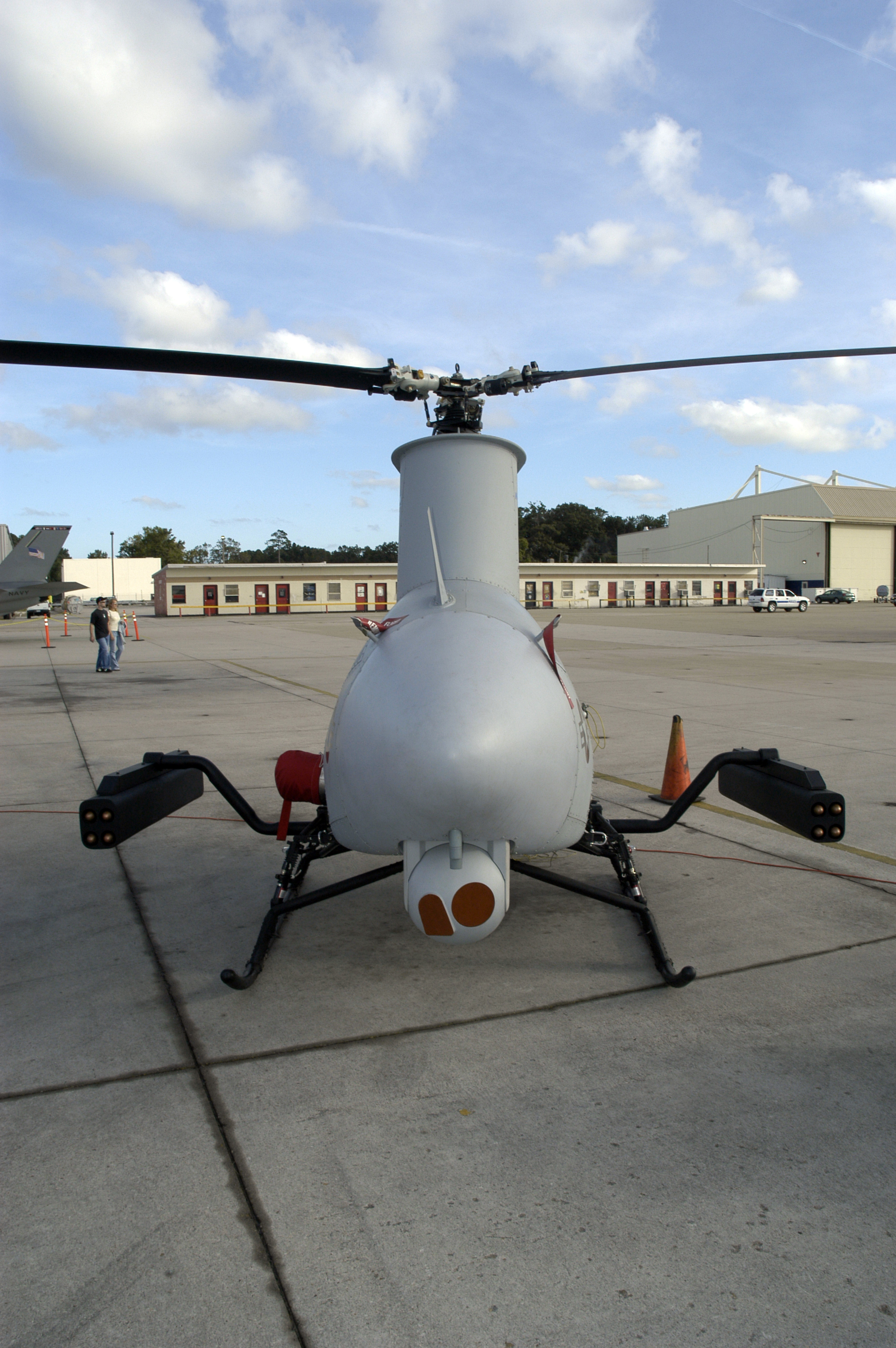I was reading an article regarding susceptibility of F-35 to lightning (it has a lightning protection system) and I wondered what protection systems are employed to keep IAF's plane safe from damage due to lightning?
This is the article:
https://www.theaustralian.com.au/na...s/news-story/5d9cc1b724ec28626b90de56ba9c7daa
Lightning warning for F35-A fighters

An F-35A Lightning II departs RAAF Base Amberley.
Australia’s new F-35A strike fighters are subject to “operational control measures” to minimise flights around thunderstorms, the Defence Department says.
But the fighters have had modifications to install “effective lightning protection systems”.
The fifth generation plane ironically called the Lightning II has been subject to concerns over its vulnerability to a lightning strike which has led to a requirement for more modifications.
Protective systems in the fuel tank had to be modified to prevent a lightning strike potentially causing an explosion.
Its complex computer, the Autonomous Logistics Information System, needed improved lightning protection, the US Defense Department’s 2017 operational test and evaluation report stated. Issues were supposedly rectified by modifications, but in early 2017 two F-35As on a promotional tour in Australia were grounded due to stormy weather.
And last month more questions emerged when the US Marines ordered 14 portable 15m lightning rods to protect the corps F-35B fleet based at Iwakuni in Japan because the aircraft did not have “inherent passive lightning protection” and were going to be parked out in the open.
Queried about whether Australia would follow the US Marines and obtain lightning rods, the Defence Department said all Australian F-35A aircraft included effective lightning protection systems while all Australian infrastructure designed to support the aircraft was also lightning protected.
But in response to further questions, Defence said there were operational control measures to minimise flight in the vicinity of thunderstorms.
“Defence has established an aviation safety framework to ensure the risks to the health and safety of personnel arising from military aircraft operations are eliminated or otherwise minimised as much as reasonably practicable,’’ a spokesman said.
The spokesman said in addition to the operational control measures, the F-35A aircraft were fitted with an on-board inert gas generation system (OBIGGS) to protect the fuel tanks in the event of a lightning strike.
The system reduces the chance of combustion of the fuel by pumping a non-reactive gas such as nitrogen into the empty space in the fuel tank.
The spokesman said Australia’s deployment concept for the ALIS involves the use of self-contained shipping container sized deployment facilities that are fitted with industry standard lightning protection, as required by IT systems.
In the past the US government has revealed there were concerns about the threat a strike would pose to the fighters including the ability of the OBIGGS to prevent explosions.
In 2010, the issue was publicly flagged in a test and evaluation report that noted the OBIGGS had not inerted the fuel tank ‘‘ullage spaces” during certain flying conditions.
A ban on the aircraft flying within about 40km of thunderstorms was then implemented.
In 2015, the head of the F-35 Joint Program Office, Lt General Christopher Bogdan revealed to the House Armed Services Committee that there had been a problem with qualifying the plane to fly in lightning but the issue had been rectified.






